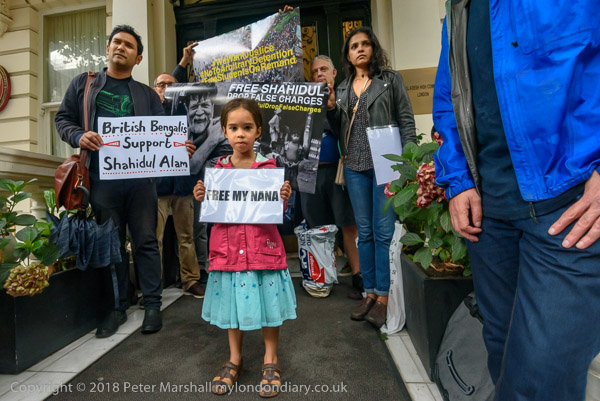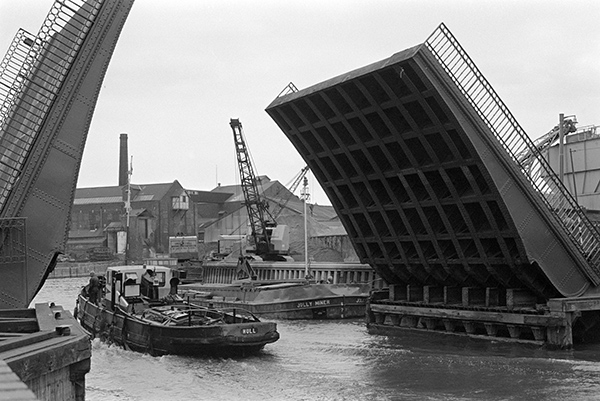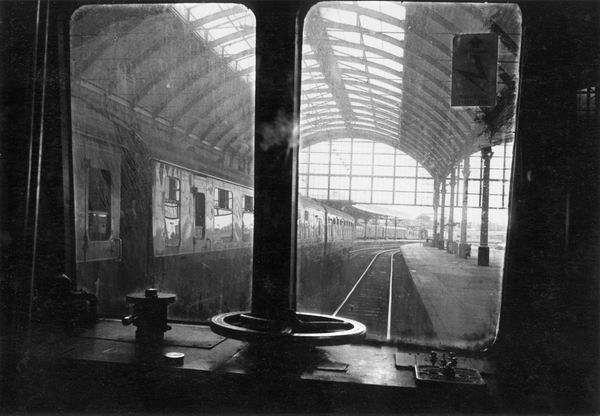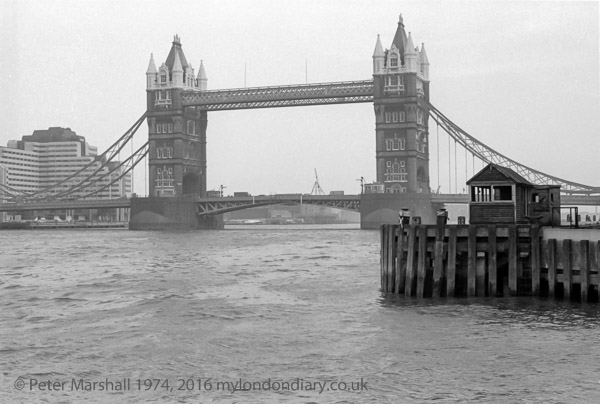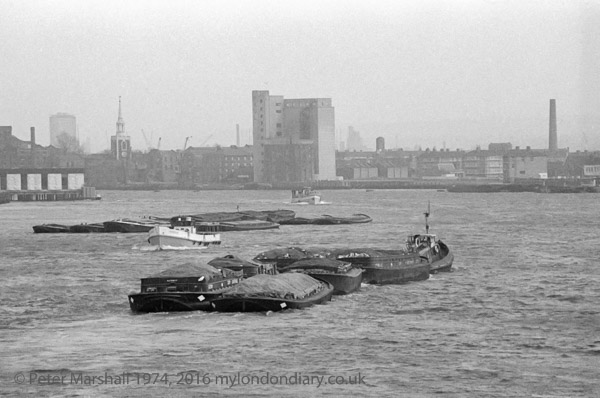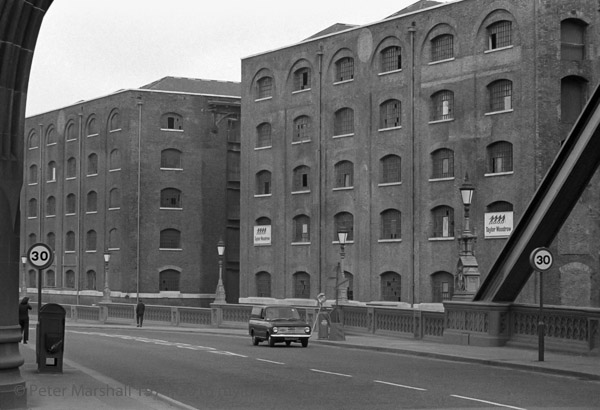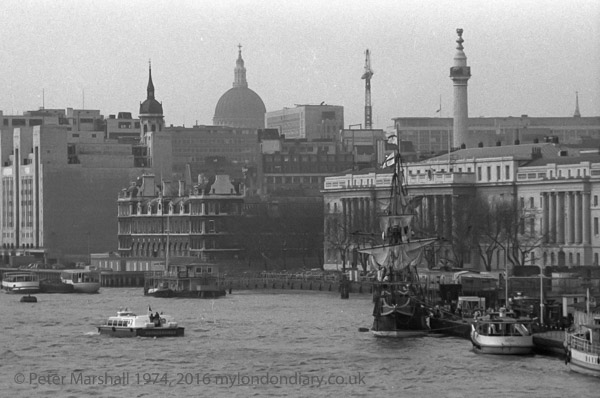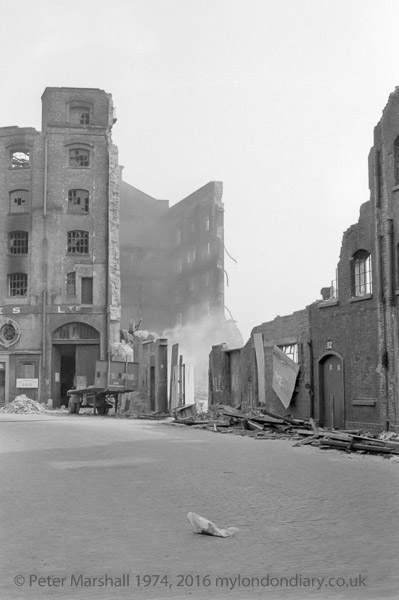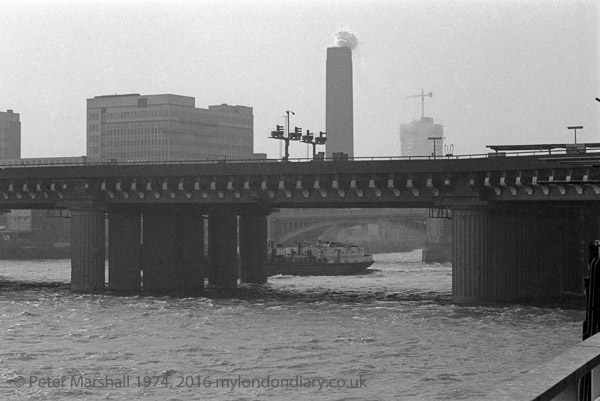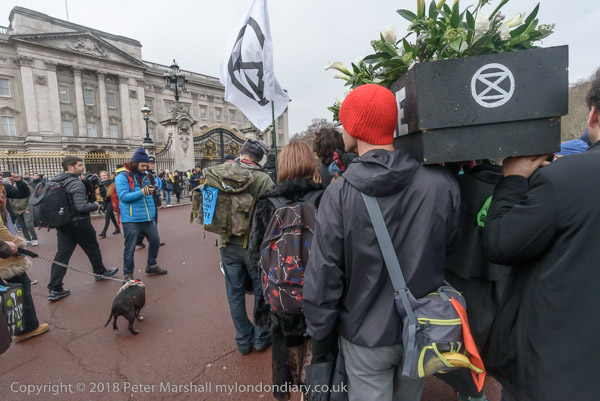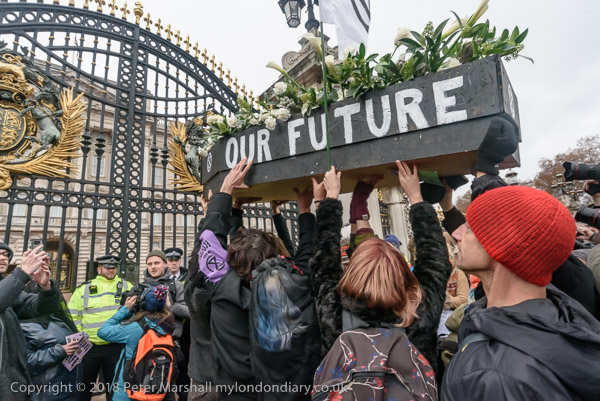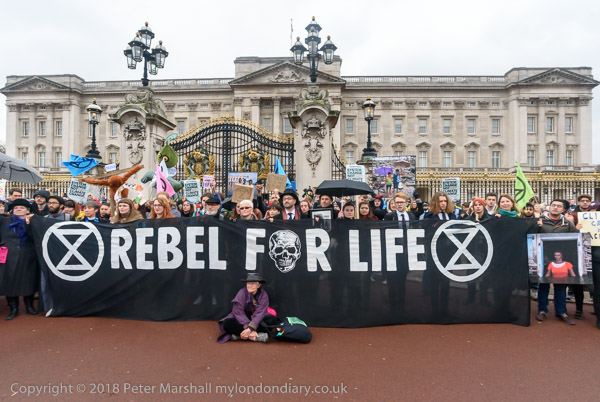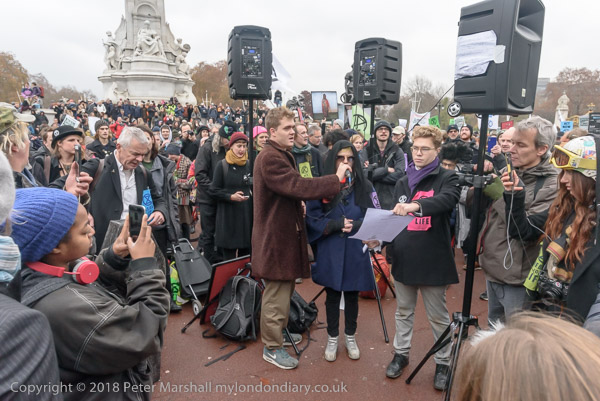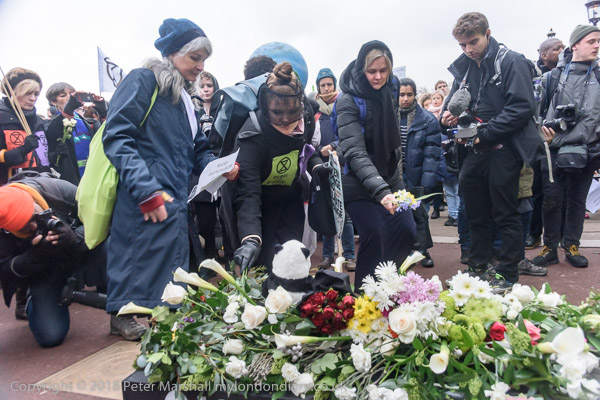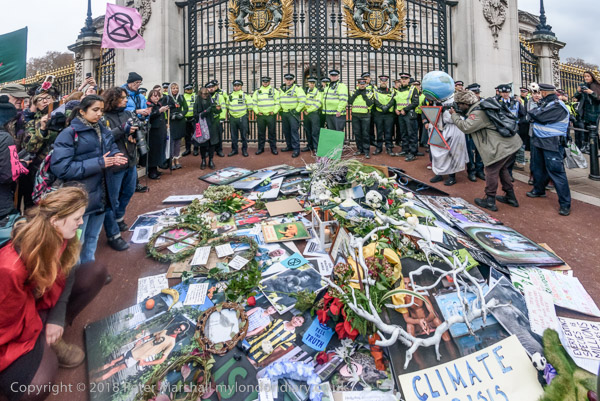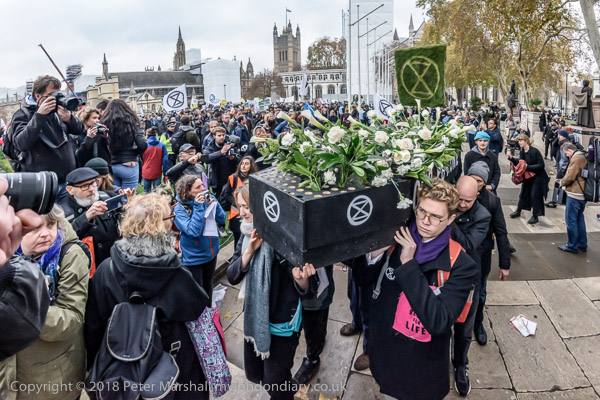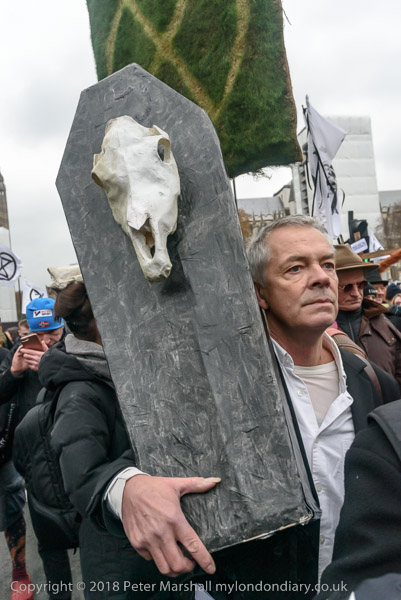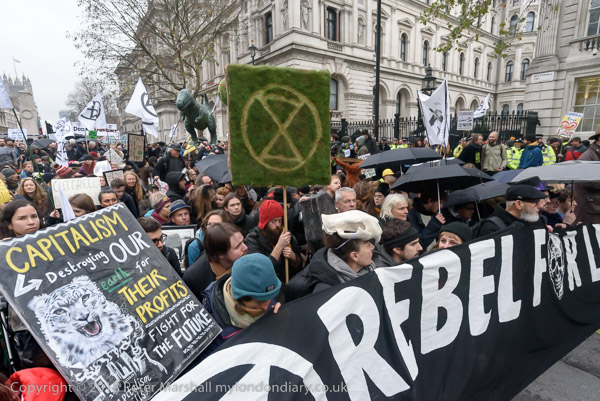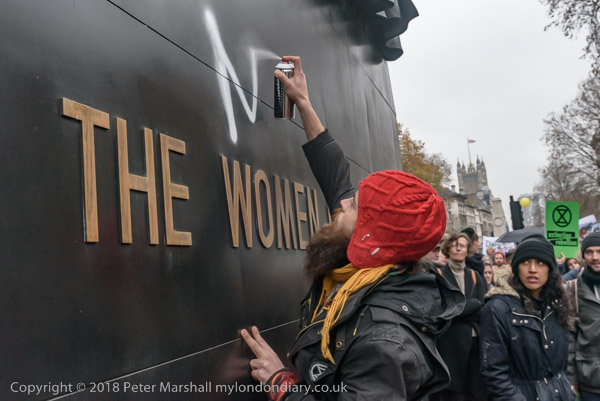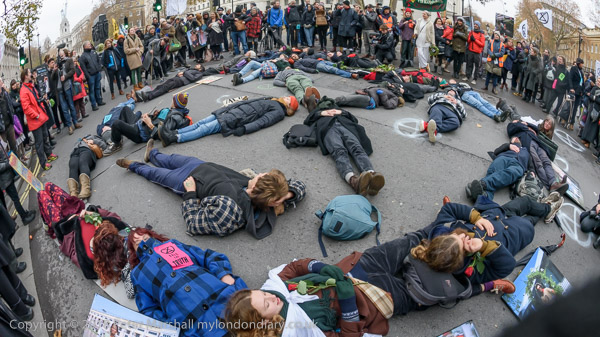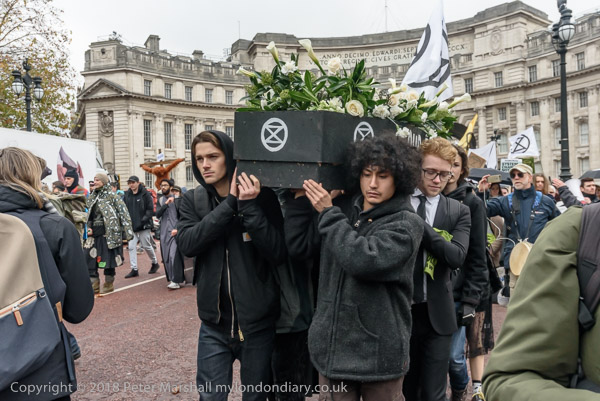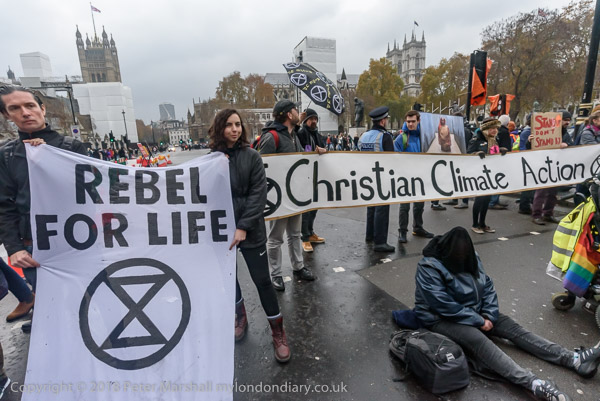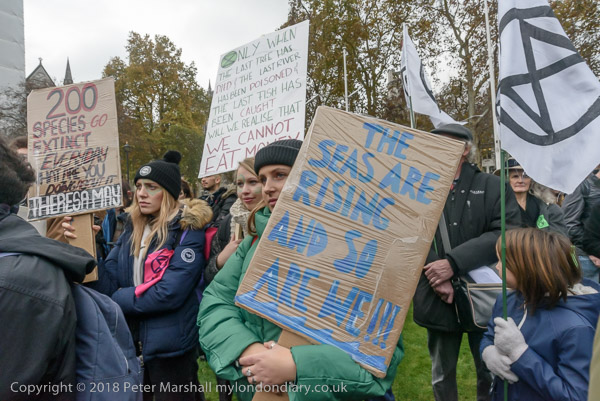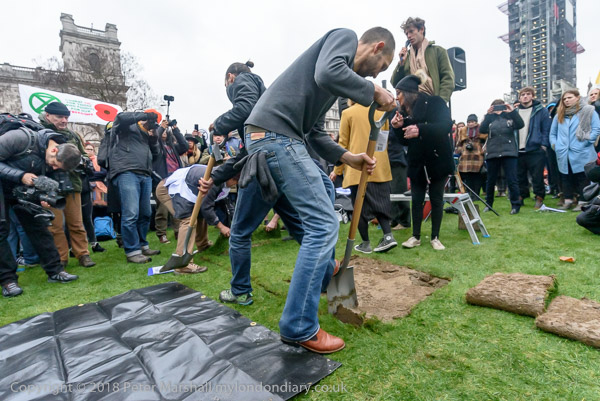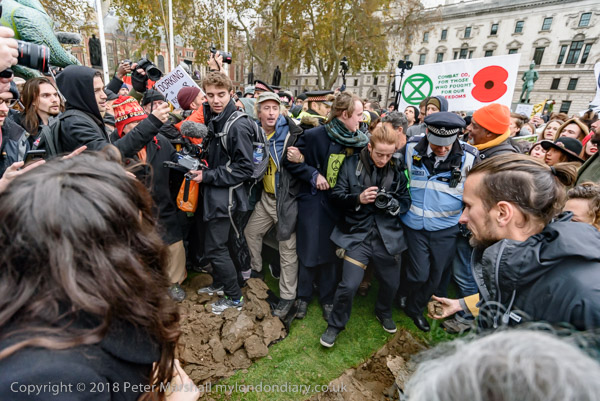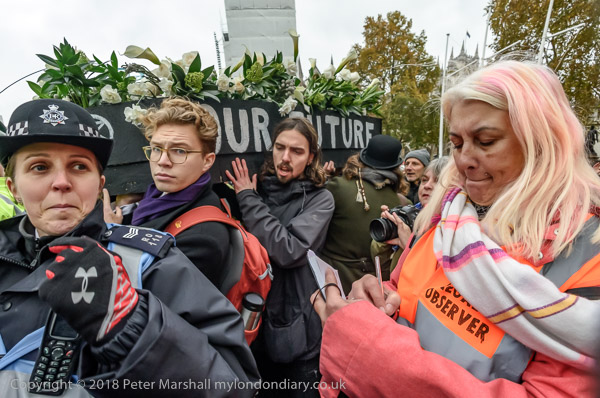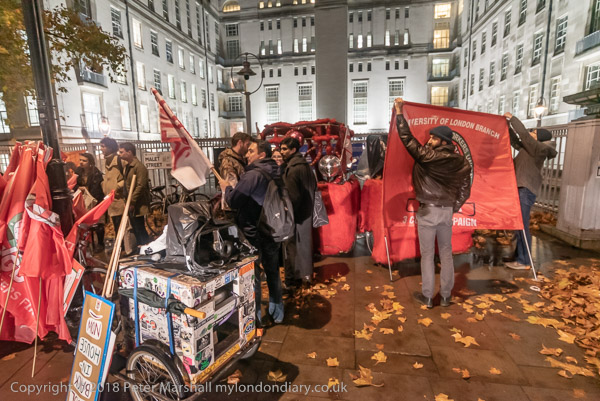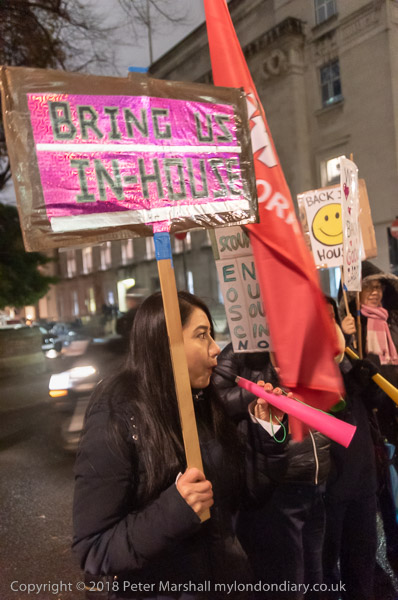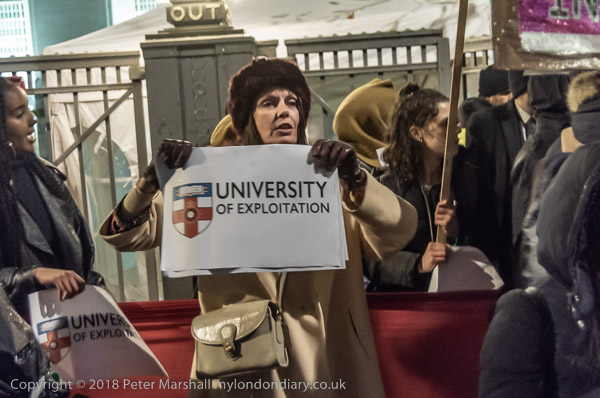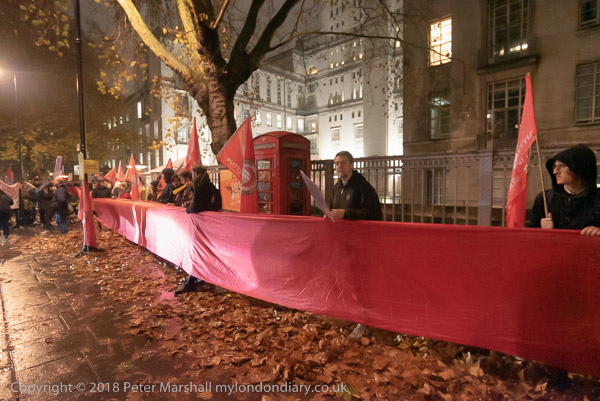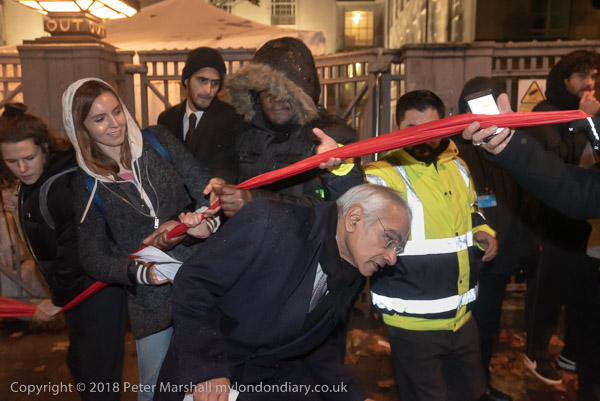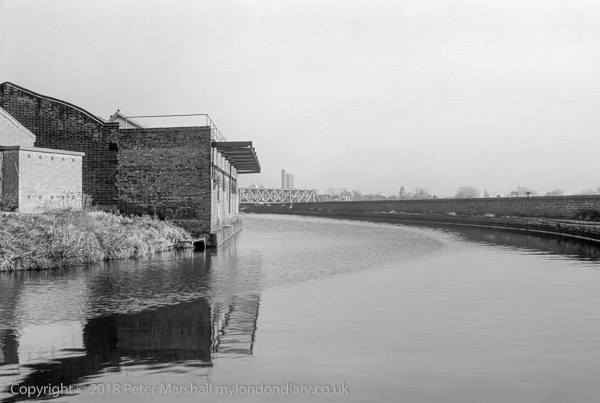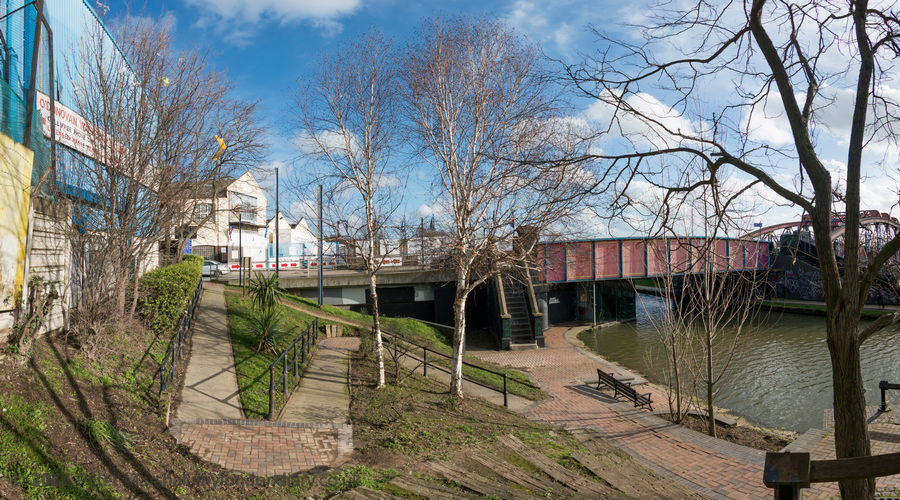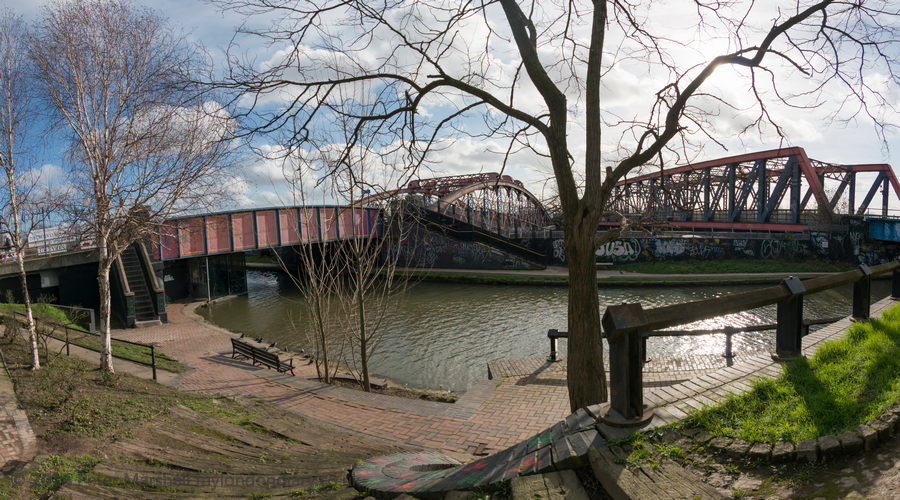I’ve just been looking at the post by Owen Humphreys on Peta Pixel, Film vs Digital in Music Photography: I Shot the Same Show With Both, an overlengthy title where the pictures really are worth a thousand words.
What Humphreys doesn’t make clear, either in the title or the words is that he compared film stretched close to its limits in a modern IS0400 film with digital with one hand tied behind its back for such a gig, also rating it at ISO400, when any sensible photographer would be thinking several stops faster.
Of course it does state clearly that he used ISO400, and did everything else to try to make the comparision ‘fair’, using two copies of the same lens, one of which had to be given a new mount to fit his Canon 6D. But by striving to be fair he handicaps digital, making it give away some of its advantage.
The lens in question was a Canon 55mm f/1.2 SSC Aspherical from 1973, used on both cameras wide-open at f1.2, and the lens choice was again was perhaps giving film something of an easy ride. Humphreys needed the ultrafast lens to give film a chance in the tricky light conditions, but it is a lens designed to work with the film camera and the split-image focus system of the Canon A-1 rather than the 6D, a camera made for auto-focus. I’m not a Canon user, but I suspect a current ultra-fast standard lens would give better results, and would certainly be much easier to use on a modern camera. I don’t cover music gigs, but I do often work in very poor light with moving subjects, and seldom get out of focus results using Nikon auto-focus. Working with digital you could also afford to stop it down a little – perhaps to f2 or even 2.8 – unless you really needed close to zero depth of field.
Despite those reservations, it remains an interesting comparison, and I congratulate Humphreys on getting such similar images with both cameras. Of course some of the differences in actual colour could be easily altered in Lightroom, but what stands out – at least for me – is that in nearly every pair of pictures digital is so clearly better.
There are I think three exceptions, all I think due to differences in lighting when the picture was taken, one where the digital image shows strong flare and two where the photographer has simply caught a much better moment with film – and threse should certainly have been eliminated from the comparision.
Your opinion on looking at the results might differ, but to my eye there is a clear advantage in colur purity, in dynamic range and apparent sharpness – in everything that technically makes a good photograph.
Thank goodness for digital – and for modern lenses and cameras – though we often swear at them – that enable us to get so much better quality images. Of course we can still mess things up, but if we fail to make great images it isn’t the fault of our equipment, but of the mind behind the camera.

